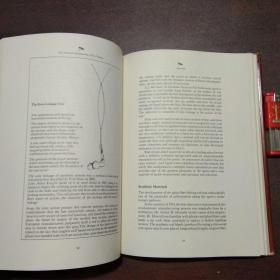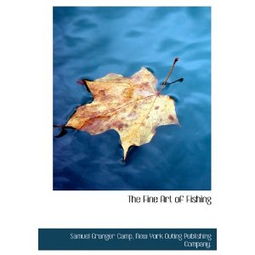Introduction:
Gobi fish, known for their unique taste and nutritional value, have become a favorite catch for many anglers. Whether you are a seasoned fisherman or a beginner looking to try your hand at catching gobi fish, this comprehensive guide will provide you with the essential techniques and a detailed illustration to help you master the art of gobi fishing.
Understanding Gobi Fish:
Before diving into the fishing techniques, it's important to understand the habits and characteristics of gobi fish. Gobi fish are bottom-dwellers, often found in shallow waters, and are known for their voracious appetites. They are attracted to a variety of baits, making them relatively easy to catch with the right approach.
Choosing the Right Equipment:
Rod and Reel: A medium-heavy action rod with a spinning reel is ideal for gobi fishing. The rod should be long enough to handle the distance needed to cast and to play the fish.
Line: Use a monofilament line with a breaking strength of 10-15 pounds. This will provide enough strength to land a gobi fish without being too heavy and spooking them.
Hook: A size 2-4 bait hook is sufficient for gobi fish. The size depends on the bait you are using.
Leader: A 6-12 inch fluorocarbon leader will help reduce visibility in the water and increase your chances of catching more fish.
Bait: Gobi fish are attracted to a variety of baits, including live worms, pieces of fish, or artificial lures.
Step-by-Step Fishing Techniques:
Locate the Spot: Gobi fish are often found in shallow waters with sandy or muddy bottoms. Look for areas with rocks, coral, or weeds, as these provide cover for the fish.
Cast Your Line: Cast your line out into the water, aiming for an area with potential gobi fish habitat. If you are using a live bait, ensure it is on the bottom.

Let It Sink: Allow your bait to sink to the bottom. Gobi fish feed on the bottom, so it's important to get your bait down to their level.
Tug and Wait: After your bait has reached the bottom, give it a gentle tug to mimic the movement of a struggling prey. Then, wait for a bite.
Set the Hook: When you feel a tug, set the hook quickly but gently. Gobi fish can be quite strong, so be prepared for a fight.
Land the Fish: Once you have the fish on the line, reel it in slowly and carefully. Avoid pulling too hard, as this can break the line or injure the fish.
Illustrations for Better Understanding:
[Insert illustrations here]
Choosing the Right Equipment: This illustration should show a medium-heavy action rod with a spinning reel, a monofilament line, a bait hook, a fluorocarbon leader, and examples of suitable baits.
Locating the Spot: The illustration should depict a shallow water area with sandy or muddy bottoms, rocks, coral, and weeds.
Casting Your Line: This illustration should show the angler casting their line into the water, aiming for a spot with potential gobi fish habitat.
Let It Sink: The illustration should show the bait on the bottom, just before the angler gives it a gentle tug.
Tug and Wait: The illustration should depict the angler giving the bait a gentle tug, followed by a period of waiting.
Set the Hook: This illustration should show the angler feeling a tug and setting the hook quickly but gently.
Land the Fish: The illustration should show the angler reeling in the fish slowly and carefully, avoiding pulling too hard.
Conclusion:
Catching gobi fish can be a rewarding experience with the right techniques and equipment. By following this guide and utilizing the provided illustrations, you'll be well on your way to becoming a skilled gobi fisherman. Happy fishing!












